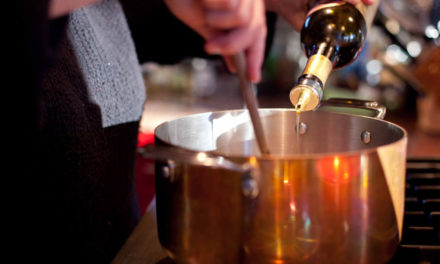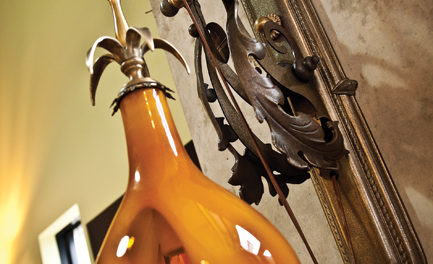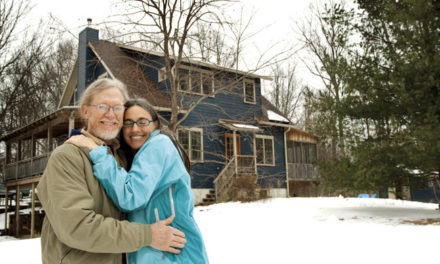
BY MIKE LEONARD, PHOTOGRAPHY BY SHANNON ZAHNLE
When Mary Alice Dunlap was appointed by the Bloomington City Council as the city’s first woman mayor in 1962 after the resignation of fellow Democrat Tom Lemon, it provided a cause for celebration. The former city clerk/treasurer was just the second woman ever to serve as the mayor of an Indiana city, but the breakthrough was short-lived. Dunlap narrowly lost to Republican John Hooker in the November 1963 election and Bloomington and Monroe County returned to default mode with men holding all of the highest elective offices.
But just as change became a national motto in the latter half of the 1960s, it arrived full blown in Bloomington with the dawn of the ’70s. In the 1971 elections, Democrats flipped the 8–1 Republican majority on the City Council to 8–1 Democratic. Charlotte Zietlow won election to the council and became its president from 1972–73. Very quickly, women started filling positions previously the province of men, and it happened not through revolution but evolution, says Indiana University political science Professor Marjorie Hershey.
“When you’re talking about major changes like this, a whole lot of things have to prepare the way,” she says. “It was the constellation of a lot of major changes in our lives that led to greatly increasing people’s questioning about the way we had structured our public life in the past. So many things are intertwined — the development of effective birth control for women allowed them to move out of their homes with more predictability and explore their own interests and commitments to a greater extent. And once that happened, more men were able to get ideas from women and see that there was, obviously, at least an equal amount of talent that had been overlooked.”
Zietlow credits then-Monroe County Democratic Party Chairman Ed Treacy for persuading her to run for elective office, and Treacy recalls that it took “some salesmanship.” He wasn’t on a quest to get women more involved in politics, he acknowledges. “I was just looking for the best candidates.”
Treacy, who recently stepped down after a decade at the helm of the Marion County (Indianapolis) Democratic Party, believes the rise of women in politics was inevitable.
“Men were at the forefront, but I can tell you that the women were the ones who did all the busy grunt work. I can tell you that if you want someone to really complete a job in this business, you can depend on the women more often than not to complete the job and do the nitty-gritty stuff that needs to be done,” he says.
“Of course Bloomington was a special place, a very active place,” the longtime political operative says. “I can remember articles in The Wall Street Journal and The New York Times about Bloomington and Madison, Wisconsin, being on the cutting edge.” Treacy says those articles mentioned that women in both cities were being elected to offices previously held only by men.
While college towns generally are more open and inclusive, says Hershey, “not all college towns are as active as Bloomington and not all college towns have the benefit of the tremendous energy and the talents of the people we’re talking about here. The women who had that kind of drive in the early ’70s — Charlotte, Marilyn (Schultz), and Tomi (Allison) — they had very special characteristics. Obviously, Charlotte and Marilyn were entrepreneurs and being entrepreneurial is a very helpful quality in community leadership.”
Enormous changes were occurring on the Indiana University campus as well. Advisors stopped steering away from sending women into traditional fields such as teaching and nursing, and male faculty members stopped rolling their eyes at women who came up for tenure, instead seeing them as assets to their schools and departments.
“There is always this big debate in history: Is it the times that bring out the people or is it the people who bring out the times?” Hershey says. “My feeling is you can’t have one without the other. In this community, I think we clearly had both women who were ready to lead and a community that was accepting of their leadership.”
Bloom spoke with numerous community leaders to identify women who helped shape Bloomington into the city it is today. We selected 10 for this article, but there are many more women who contributed in ways both large and small.










